Pisa, One of Italy’s Most Important Art Cities
Formerly inhabited by the Ligurians and the Etruscans, Pisa became a Roman colony in 180 BC and remained an important port for many centuries. The city now lies about 10 km from the Tuscan coast, but it lay by the sea until the alluvium deposited by the Arno and Serchio rivers completely cut it off from the receding shoreline. After the collapse of the Roman Empire, Pisa remained the main urban centre in Tuscany and soon became a flourishing commercial centre; in the 9th century, the city began its expansion in the Mediterranean and, two centuries later, it was so powerful that it acquired fame as one of the four main Italian Maritime Republics (the others were Genoa, Venice and Amalfi). Pisa’s participation in the Crusades secured important commercial positions for its merchants in the Eastern Mediterranean and the city grew in strength to rival Genoa and Venice. Pisa’s golden age lasted for about two centuries, the city’s decline began on August 6, 1284, when its fleet was dramatically defeated by an enraged Genoa at the Battle of Meloria.
The Battle of Meloria ended the maritime power of the city, some years later the Genoese destroyed Pisa’s port and covered the land with salt. Although goods continued to be traded, the true end came when the Arno River started to change course, making it impossible for the ships to reach the city's port. In the early 15th century, Pisa was occupied by Florence; the city managed to reclaim its independence in 1494, but the Florentines reconquered it in 1509. From that moment on, Pisa followed the destiny of the Duchy of Florence and the Grand Duchy of Tuscany, its role of major port went to Livorno and the city remained basically a quiet, provincial university town, famous all over the world for its architectural, historical and artistic heritage.

What distinguishes Pisa above all is the famous group of buildings in the so-called “Square of Miracles” (Piazza dei Miracoli). This magnificent square – a UNESCO World Heritage Site since 1987 – is situated at the northwestern end of the Medieval walled city and houses the Leaning Tower, the Duomo (or Cathedral), the Baptistery and the Cemetery. While the Leaning Tower is undoubtedly the most famous image of the city, it shouldn’t be the sole reason for visiting Piazza dei Miracoli… the Cathedral – begun in 1063 thanks to the gold treasure taken from the Saracens in Palermo – and the Baptistery are both masterpieces of Pisan Romanesque architecture; the Cemetery (or Camposanto Monumentale) – erected from 1278 in the Italian Gothic style – contains valuable frescoes, noteworthy Roman sarcophagi and other ancient relics.
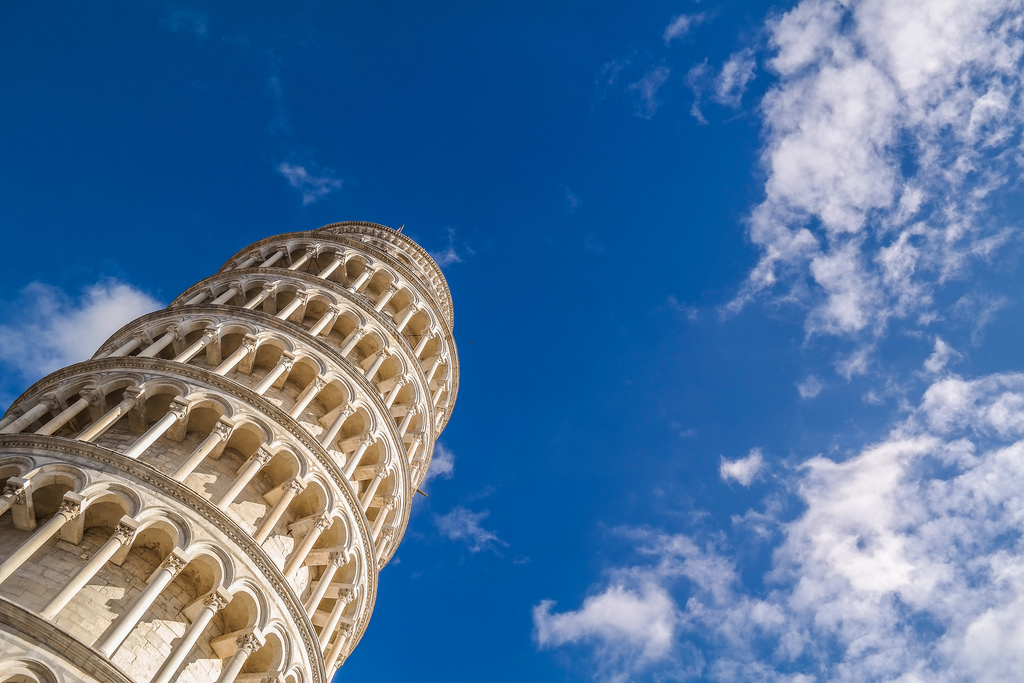
Pisa’s Leaning Tower
The Leaning Tower is one of the world’s most photographed buildings, with thousands of tourists visiting the spot every day. Begun in 1173 and completed in the 14th century, this weird looking bell tower leans because it was built on soft marshy ground. Since its construction of course, architects and engineers had kept a close watch on the tower and tried to correct the lean without any visible success; in the year 2008, after the removal of more than 70 metric tons of soil, experts declared that the Leaning Tower had been finally stabilized and should be stable for at least 200 years.
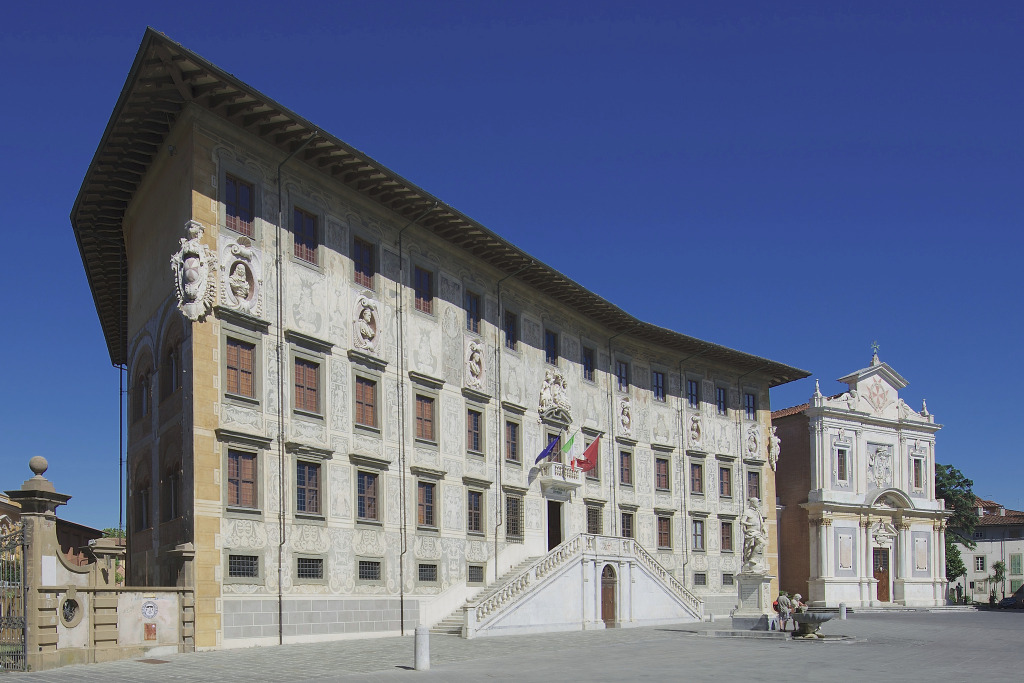
Besides Piazza dei Miracoli, Pisa boasts many other attractions; here below is a list of squares, churches, palaces, museums and other places of interest.
Not far from Piazza dei Miracoli is the beautiful Knights’ Square (Piazza dei Cavalieri), rebuilt by Giorgio Vasari in the Renaissance style in the second half of the 16th century. Once the political heart of the city, it became the headquarters of the Knights of Saint Stephen and is still home to three impressive buildings: Palazzo della Carovana, Palazzo dell’Orologio and the Church of Santo Stefano dei Cavalieri.
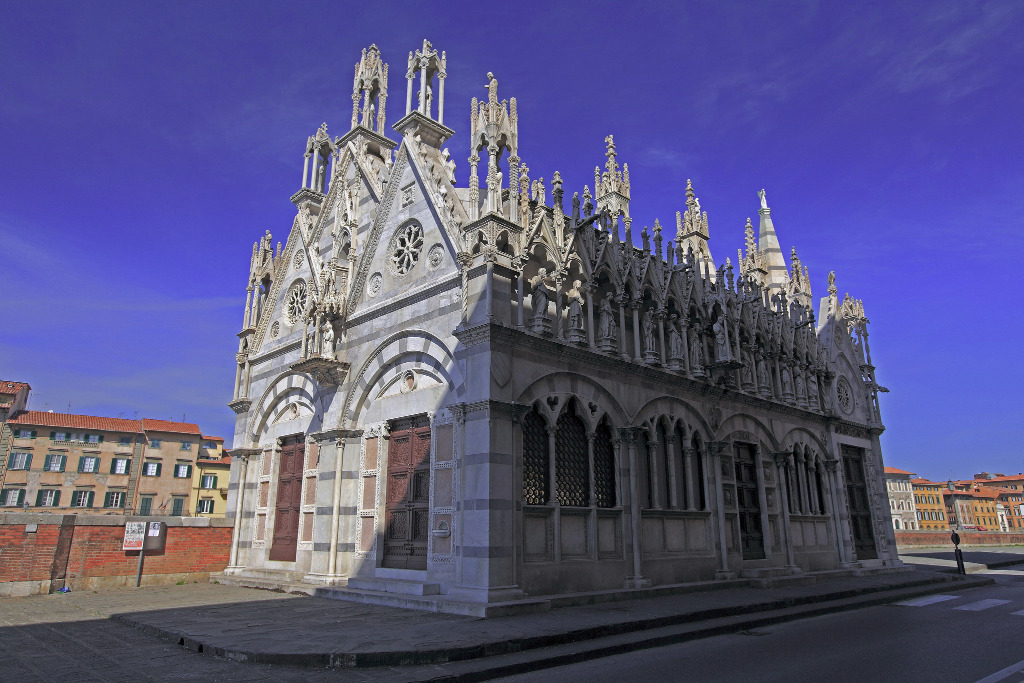
If you are interested in religious buildings, make sure not to miss the following churches:
- St. Sixtus, one of the best preserved early Romanesque buildings in Pisa.
- St. Francis, housing frescoes by Taddeo Gaddi.
- San Frediano, with a beautiful 12th-century façade.
- San Nicola, whose slightly leaning belfry is the second most famous in town after the Leaning Tower.
- San Pietro in Vinculis, housing a spectacular intarsia floor.
- San Michele in Borgo, with a fine 14th-century façade.
- Santa Maria della Spina, one of Europe's most remarkable examples of Gothic architecture.
- Sant’Antonio Abate, famous for “Tuttomondo” by Keith Haring, a huge, colorful mural that was painted by the artist at the end of the 80s, on the rear wall of the adjacent convent.
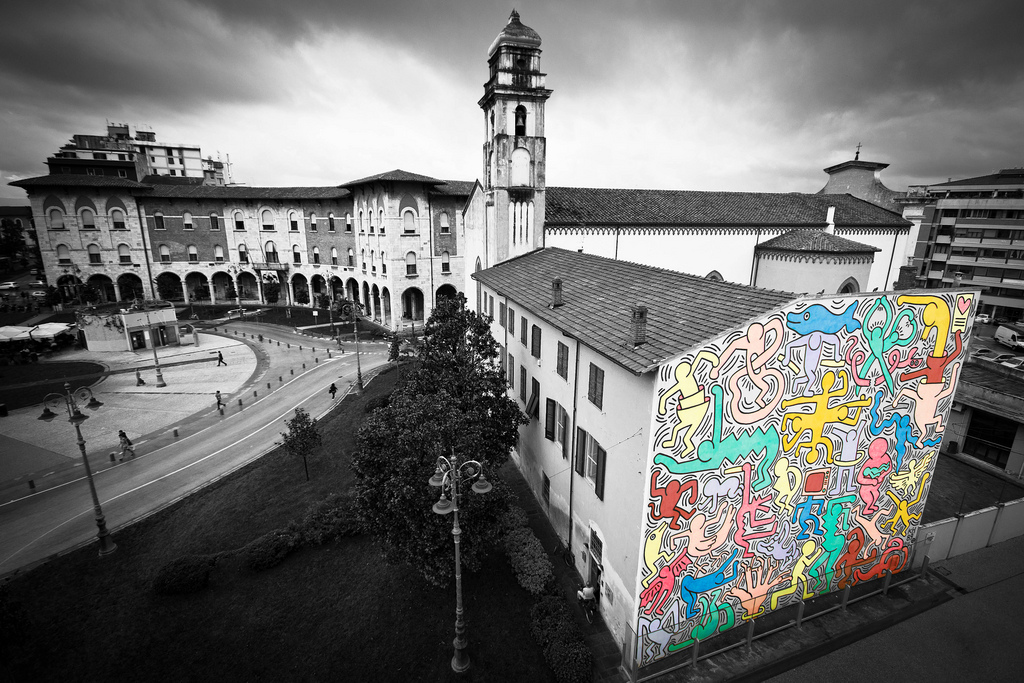
The most significant old palaces in Pisa are:
- Palazzo Medici, purchased by the Florentine family in the 15th century and once a possession of the Appiani family.
- The Royal Palace, built by Baccio Bandinelli for Cosimo I de’ Medici, now exhibiting paintings, statues and armours.
- Palazzo Gambacorti, erected between 1370 and 1392, one of Pisa’s most famous palazzi.
- Palazzo Agostini, also known as Palazzo dell’Ussero, housing an old coffee house and a movie theatre.
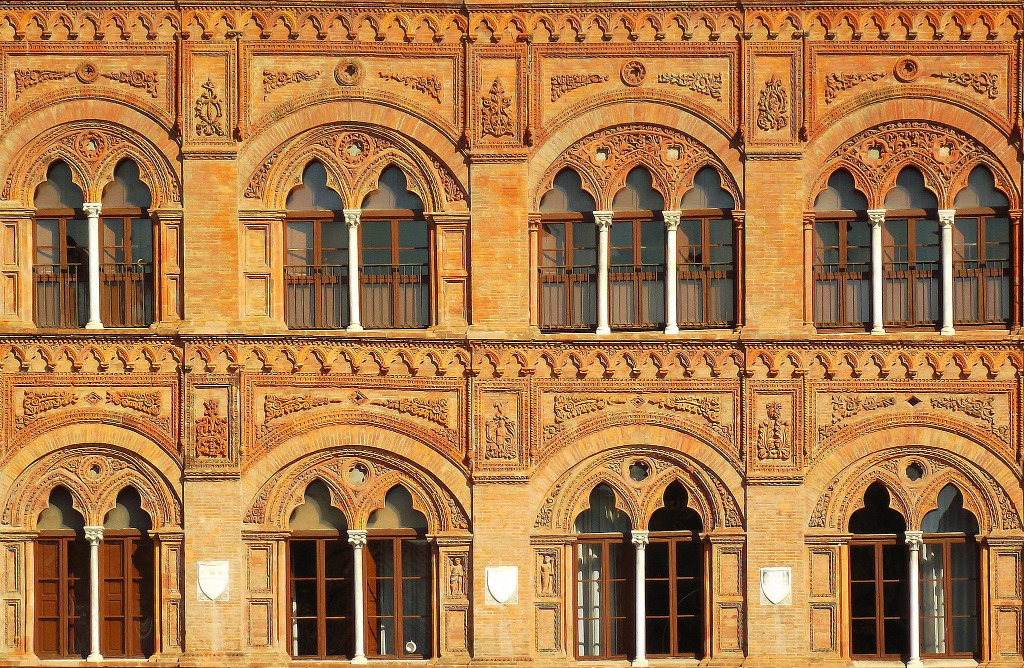
The city is also home to some interesting museums, such as:
- Museo dell’Opera del Duomo, exhibiting the treasures of the Cathedral and the original sculptures by Nicola and Giovanni Pisano.
- Museo delle Sinopie, showing the preliminary drawings for the frescoes in the Camposanto.
- Museo Nazionale di San Matteo, housing paintings and sculptures from the 12th to 15th centuries.
- Museo Nazionale degli Strumenti per il Calcolo, exhibiting a collection of scientific instruments, including a compass which was probably owned by Galileo.
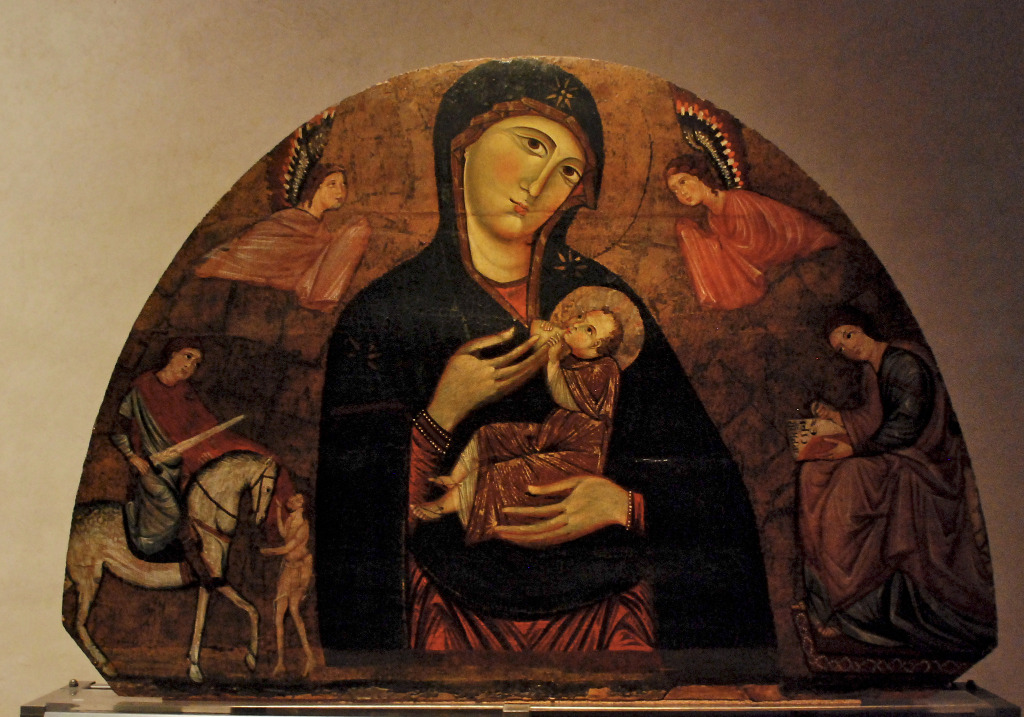
Don’t forget to check the Palazzo Blu exhibition schedule: this museum houses extraordinary temporary exhibitions. Other attractions in town are the Botanical Garden, the Baths of Nero (the only Roman remains surviving in the city) and the circuit of ancient city walls, which is still basically intact. Having said that, Pisa is definitely a great place to take a walk, enjoy a glass of wine al fresco and wind down. From this beautiful Tuscan city, you can easily reach Florence, Lucca, Lari, Volterra, San Gimignano, Siena and other fabulous destinations.



